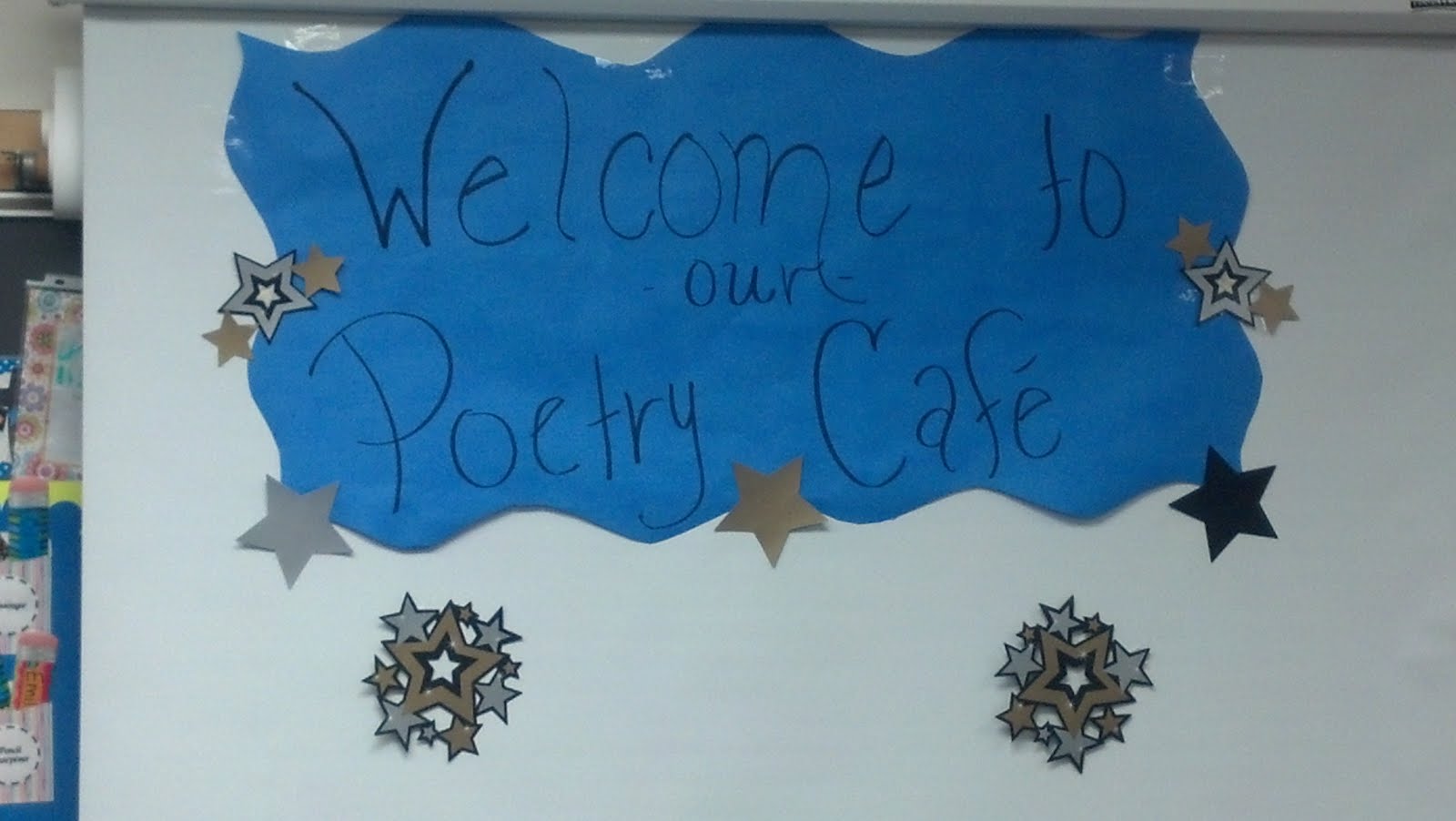Greetings
from Boston! I was supposed to fly from Baltimore this morning to attend the
AWP Conference, but with snow on its way, I got out of Dodge early.
| www.postcardcollector.org |
My
friend, novelist Danuta Hinc, and I arrived last night. Whew! That was good
thinking. Our original flight has already been cancelled. Hubby is home with
the kids today.
With
extra time in Boston, I get to be a tourist today. At the top of my must-see
list is the vintage postcard exhibit at the Museum of Fine Arts.
Tourism
has a double edge in my mind. When I was a college student at NYU, we used to
avoid midtown Manhattan on the weekends. Why? Tourists! My friends and I were “real”
New Yorkers. Tourists were people to avoid.
| From Ephemeral New York |
I’ve
had good and bad experiences as a tourist. I love London, but have witnessed
anti-American sentiment there. In Egypt, I witnessed local men sexually harassing
a young Asian girl who must have been a tourist. My one visit to Israel was a
lifetime highlight, but included an incident when we drove into the wrong
neighborhood and someone threw a bottle at our van.
Postcard
#42 addresses this aspect of tourism – the tension between “native” and
visitor.
 |
Indian Family – Cherokee Indian Reservation, Cherokee, N. C. 257
Photo by W. M. Cline
|
Postcard: Cherokee, N. C.
The
woman’s fringed dress and beaded sash.
The
man’s feathered headdress, blue tie.
The
child between them holds a tomahawk
made
of wood and stone, his fingers loose
on
the handle. The man’s hand closes
around
his son’s waist, as if the child might bolt
out
of frame. The boy looks into the camera−
only
he. A photographer from Standard Souvenirs
and
Novelties has come to the reservation
to
get this shot. The day is bright.
Shadows
move on the teepee behind them.
Laura
Shovan
Postcard Information
"The
Cherokees today number of 3000 on the reservation here. They are descendants of
those who hid in the Smokies when the Cherokee removal to Oklahoma began in 1838."
PUBLISHED
BY STANDARD SOUVENIRS & NOVELTIES, INC., KNOXVILLE, TENN.
Postcard
lovers, here is a website for you. At Collective History, you'll find virtual postcards. Many catalog important historical events. Not all are kid friendly, so preview first. These images would make great prompts for writing.
I
am taking tomorrow off for AWP, so there will be no new post. If you’re at the conference, find me at table
X13. I’m hoping to attend Ellen Hopkins and Holly Thompson’s panel on YA verse
novels. Here is the information:
Event Title: Poetry Serving Story
Serving Teens: Verse Novels for Young Adults
Participants: Holly Thompson, Ellen Hopkins, David Levithan, Mariko Nagai, Samantha Schutz
Date: Saturday, March 9
Time: 1:30 p.m. to 2:45 p.m.
Location: Room 110, Hynes Convention Center
Participants: Holly Thompson, Ellen Hopkins, David Levithan, Mariko Nagai, Samantha Schutz
Date: Saturday, March 9
Time: 1:30 p.m. to 2:45 p.m.
Location: Room 110, Hynes Convention Center
This
week, I received an ARC of Holly’s new novel, The Language Inside, in the mail. Look for an Author Amok interview
with Holly later this month.
 |
Friday
is the big Poetry Postcard Project wrap-up post. I promise the final poem will
be SUPER (hint, hint).

8 comments:
This postcard says a lot about our expectations as tourists-- that is, the "reality" we expect in contrast to the real reality. The Cherokee, like most American Indians, did not live in tepees-- these were limited to Great Plains tribes. The typical Cherokee house prior to European contact would have been made from woven sticks covered with mud. In the post-colonial era, many Cherokee would have lived in frame houses similar to those of non-American Indians. Also, men have worn elaborate eagle feather headresses. The typical headcovering of a Cherokee male was a cloth turban. Tourists' expectations have been formed by the limited knowledge gained through stories, books, and Hollywood depictions of American Indians. Sadly, very little time, if any, is spent in school learning about the varied cultures and cultural practices among American Indians. No wonder the man in the postcard did not want to look at the camera.
Sorry... I meant to write in the fifth sentence, "men would not have worn..."
Mike, thank you so much for these insights. Your comments have enriched my understanding of this image. It would be valuable to have more discussion about the issue of tourism: what the visitor expects to see and how/why/whether to provide that. There are financial incentives and personal costs, in many cases, to tourism.
Geographers and other social scientists have shown increased interest in issues related to heritage tourism-- nostalgia, preservation of spaces (can be positive, protecting unique locations, or negative, inhibiting economic development that will bring greater prosperity and economic diveristy), impact on culture groups, contested identities, mythologizing the past, selective views on history, and so on. There's even a journal devoted to this field-- The Journal of Heritage Tourism.
Laura, I hope to get to that panel, too. I'll look for you there, if not before. I hoped to arrive tomorrow, but not only the weather, but some illness in the family may change my plans. Have fun!
Have a great time Laura. Your postcard and poem are timely issues fairly constantly here in Colorado. Those last two lines seem very meaningful.
Have a wonderful, enriching time at the conference, Laura. I live not too far from Cherokee, NC, and do have some Cherokee blood coursing through my own veins. I appreciated Michael R's insights and certainly approach any of these tourist/Indian elements with caution. Thanks for sharing, and for the link to all those other amazing postcards. Safe travels!
Thanks for that resource.
Post a Comment